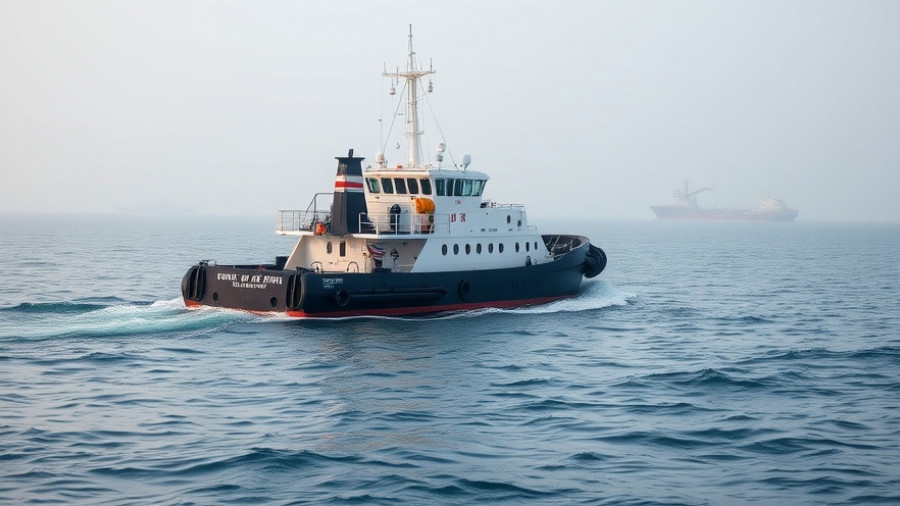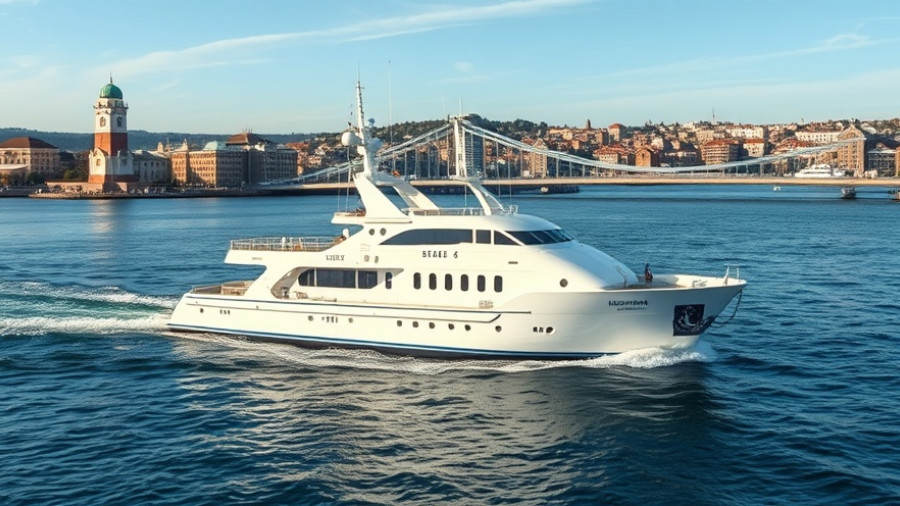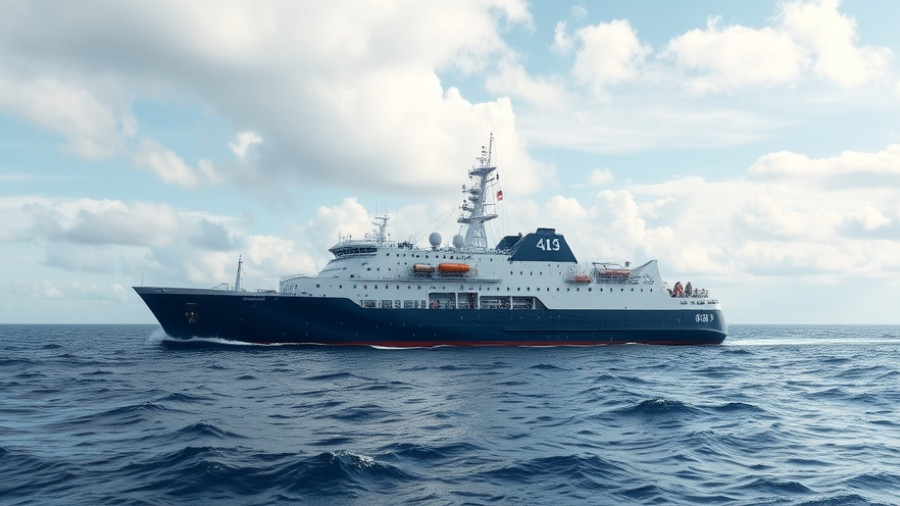
Trelleborg's Bold Move in the Sealing Industry
In a strategic acquisition aimed at strengthening its global footprint, Trelleborg, a prominent player in engineered polymer solutions, has officially acquired Masterseals in Singapore. This bold move signifies more than just a business transaction; it's a calculated effort to expand Trelleborg's capabilities in the sealing technology sector, which is increasingly crucial in various industries ranging from marine to construction.
The Importance of Sealing Solutions
The sealing market plays a pivotal role in ensuring the efficiency and longevity of machinery in several industries. With the rise of technological advancements, effective sealing solutions are necessary to prevent leakage, reduce wear and tear, and enhance overall performance. By acquiring Masterseals, Trelleborg is not only bolstering its product offerings but also enhancing its reputation as a go-to provider of high-quality sealing solutions.
Masterseals: A Key Player
Masterseals has built a reputation for innovation and excellence in sealing products tailored for diverse applications. Their established presence in Singapore, a hub for maritime and manufacturing industries, positions Trelleborg to tap into an essential market segment. This acquisition is likely to create synergies that boost research and development capabilities, enabling the introduction of new sealing technologies that cater to evolving customer needs.
Industry Trends and Opportunities
The acquisition aligns perfectly with ongoing trends in automation and efficiency in manufacturing and marine industries. As companies continue to invest in smart technologies, the demand for advanced sealing solutions is set to soar. Trelleborg’s expanded capabilities through Masterseals will allow them to meet this surge in demand with innovative solutions that promise both reliability and efficiency.
Impact on Workforce and Employment
Acquisitions like this also bring to light important considerations about the workforce. The integration of Masterseals into Trelleborg could potentially lead to job creation in Singapore as the two companies combine resources. However, it may also raise concerns about overlapping roles or layoffs. It’s crucial that Trelleborg manages this transition with a focus on employee alignment and support to ensure a smooth integration.
Future Predictions in the Sealing Industry
Looking ahead, the sealing industry is likely to see a shift towards sustainability. As environmental regulations become stricter and companies look for ways to reduce their carbon footprints, the push for eco-friendly sealing solutions will increase. Trelleborg's acquisition of Masterseals will place them at the forefront of this movement, allowing them to develop and deliver sustainable sealing technologies that can position them as industry leaders.
In conclusion, Trelleborg's acquisition of Masterseals serves as a vital step towards reinforcing its position in the sealing solutions market. The implications of this acquisition extend beyond mere business growth; it highlights the evolving landscape of industrial needs and the importance of innovation in meeting those demands.
 Add Row
Add Row  Add
Add 




Write A Comment